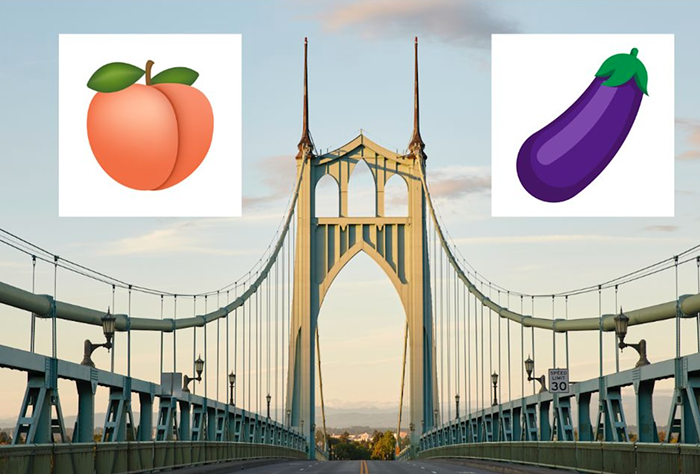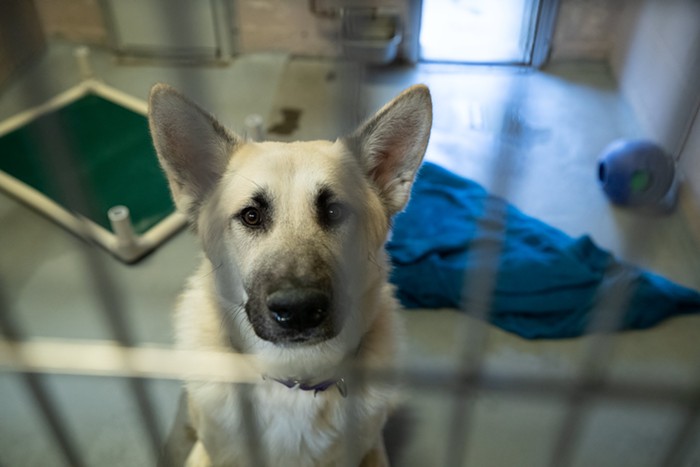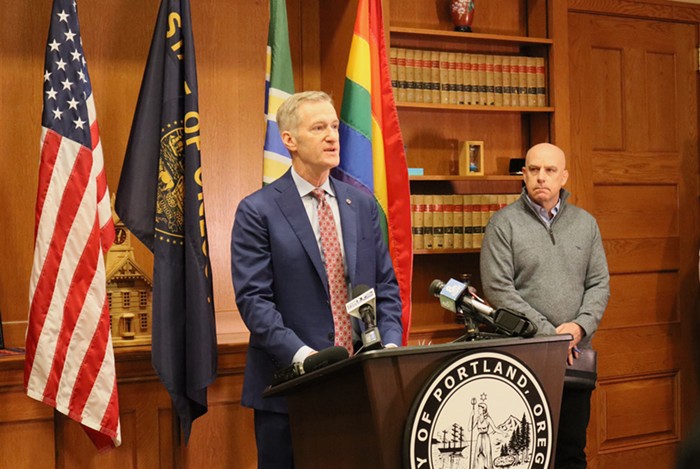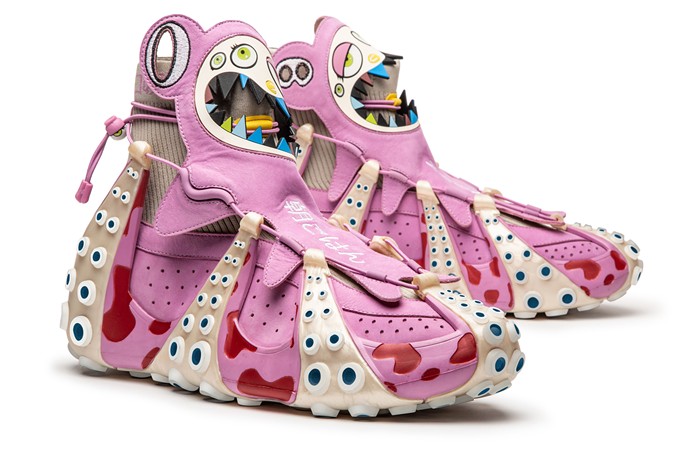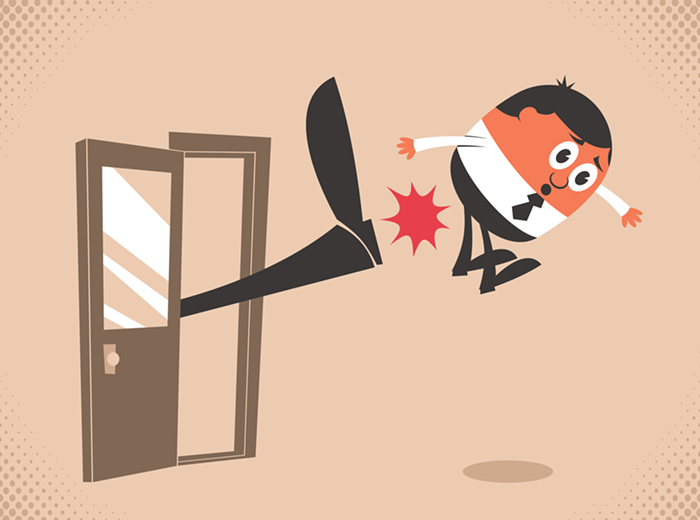
When you first fire up a dating app, the universe seems full of possibility. You're playing a no-stakes game of hot-or-not on a website full of single people extremely excited to tell you how tall they are. Matching with a cool-looking person does approximate the thrill of catching an eye across the room. And scrutinizing the wild profiles of weirdos and the shockingly basic profiles of normals is a bottomless joy.
If you're still on the apps six months later, however, you come to the realization that you've outsourced your romantic life to a data-collection service. Six months after that, you've deleted and re-downloaded the app more times than you can count, because what else is there? By then, you're probably not even going on dates. You're just swiping to score that dopamine hit from matching with a stranger. It's pitiful.
That's not how it is for everyone, obviously, but that's more or less what happened to Michelle Preston, 37, a general contractor from Bothell. She got on the apps after a divorce three years ago. At first, she said, it was fun. She'd match with a lot of guys, and all of them would chat with her, but none of them would ask her out. After a while, she decided she needed to break the cycle. So she started a company that she hopes will be a movement. It's called the Offline Movement.
Preston sells $9 black silicone wristbands that say "Move>>Offline" in white lettering. The band is a signal to the world that says, "I'm single and I'd like to be approached." Preston is launching the band on Valentine's Day at Civility & Unrest in Bellevue. After her local launch, she's planning to expand to six other cities: Los Angeles, Atlanta, Chicago, Miami, San Francisco, and Portland.
"The idea is that you can wear this thing anywhere," Preston said after admitting it's basically a black Livestrong bracelet with a different message. "It's not just for going to the bars or clubbing. It's for when you're out doing things you like to do. It's a tool to help people identify others who are single, others who are sick of the game, sick of the apps just like I am."
The idea for the bracelet came to her after she ditched the apps and struck out into the world solo, an adventure she chronicles on her blog, Carhartts & Heels. After getting burned by men she'd approach in public who ended up being married or otherwise unavailable, she thought up the wedding ring for single people.
"Wouldn't it be cool if you could walk into a Starbucks and automatically be able to tell if someone was single or married?" she thought. Such a device would reduce the risk of outright rejection on technical grounds and encourage real human interactions.
Throughout history, single people have developed ways to signal their status. Amorous but rule-bound Victorian women, for instance, used a discreet fan language at parties to communicate with potential suitors. A woman carrying her fan in her left hand meant she was "desirous of an acquaintance," according to a list of "fan flirtations" from a 1866 issue of Cassell's Magazine. Drawing the fan across the cheek was a declaration of love. For decades, gay men used handkerchiefs to signal various kinds of availability. Teens and ravers are forever coming up with elaborate bracelet codes that indicate sexual desires.
"It's a very passive, subtle hint," Preston said. "If somebody recognizes it, you know they already hate online dating and the fake lives people are living on Facebook, which is a great icebreaker. You'll know they want to move on and try to find a real connection."
To answer the obvious question: Yes, the Offline Movement is online. The place to get a bracelet is theofflinemovement.com.

